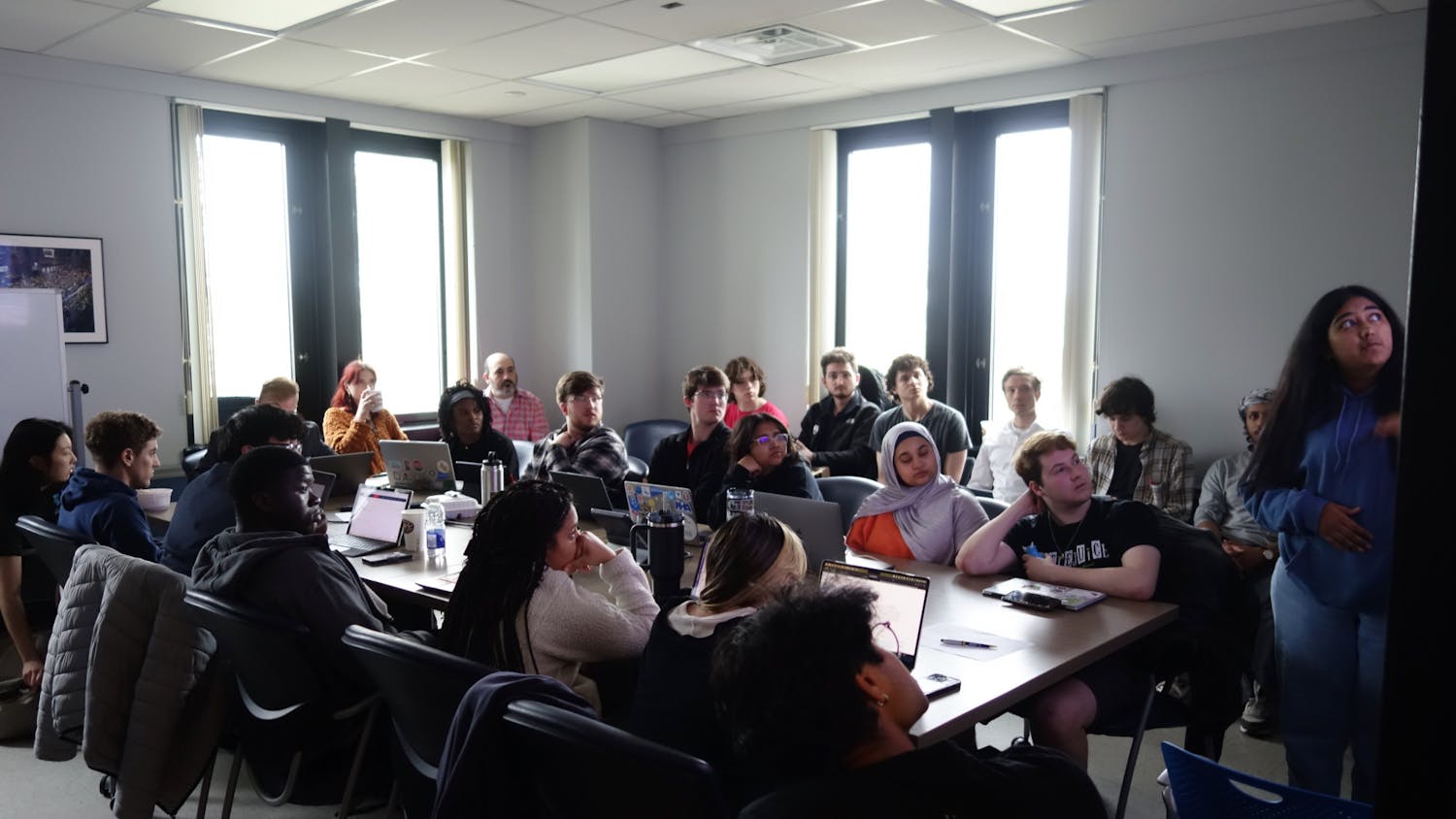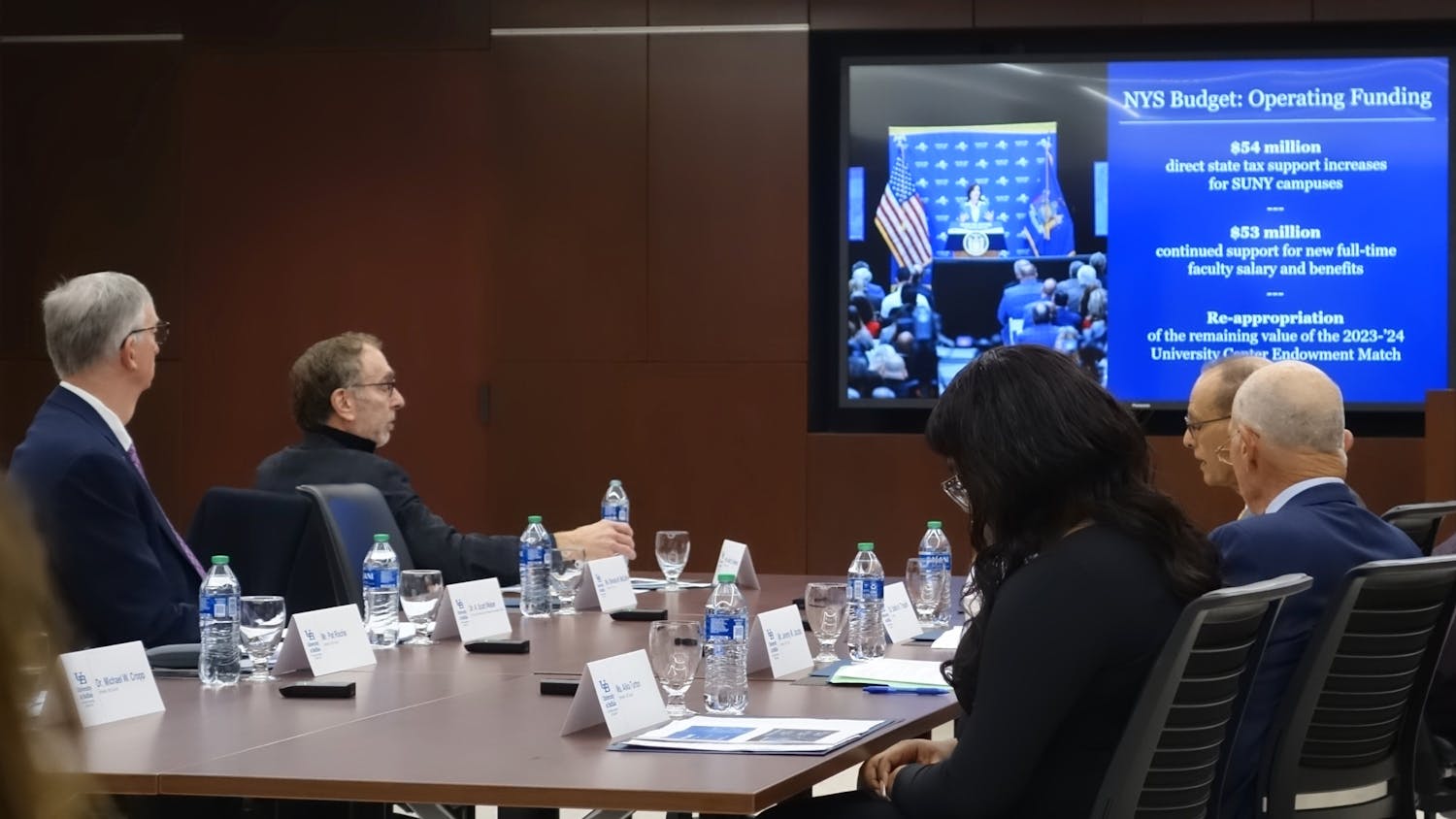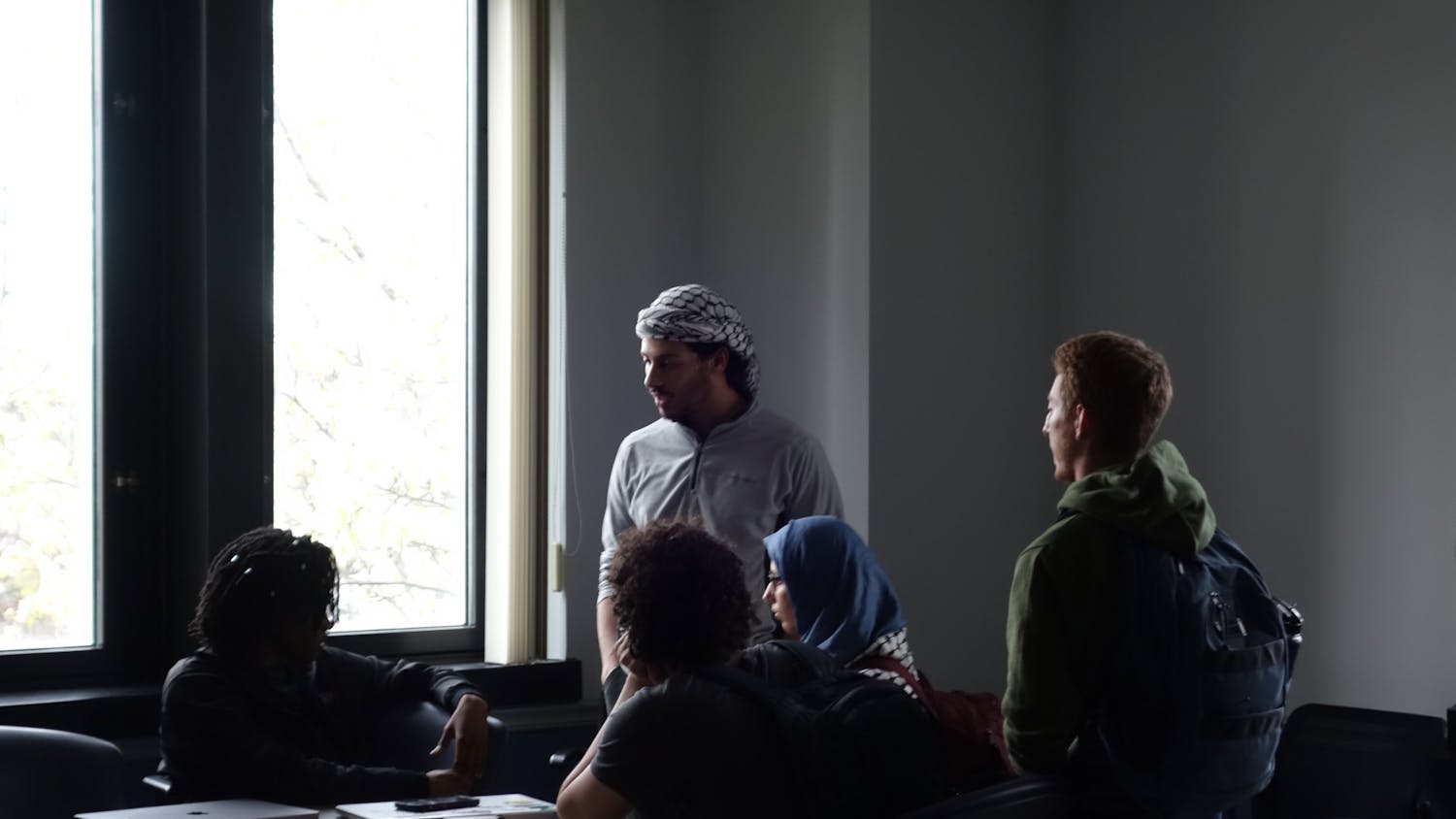On Oct. 28, my patient died.
As a nursing student, I’ve seen patients at every stage in their lives. I’ve witnessed a mother bring a baby into the world and I’ve taken care of a hospice patient. I’ve taken care of pediatric patients from ages three to 20, and many elderly patients.
I also learned –– very quickly –– that no one is out of death’s reach.
But even after caring for all types of patients, even after learning about death and dying in lecture over and over again, nothing could have prepared me for my first patient’s death.
The day started like every other clinical day. I woke up early and drove to the hospital. My instructor asked if anyone wanted to spend the day on a different floor. I jumped at the opportunity.
I found myself on a new, unknown floor with a nurse that I’d never seen before. She was friendly, smart and worked in a way that I could tell she had years of experience. The floor was set up in the traditional hospital sense, one that was familiar but still confusing.
The floor, the nurses, the patients and the work were all similar to my previous clinical days: help my nurse if I can, check on patients, assess patients, check my patient's charts, help my patients when needed, give medications if I can, try not to get lost, listen for overhead announcements.
Until I heard an announcement that wasn’t so familiar––it was a code. It was on my floor. In my patient's room.
“Code blue.”
The next few minutes were a blur. I remember trying to find my nurse. Wondering if I was really going to go into this patient’s room. Would they let me go in the room? Would they have me help?
I found my nurse in the hall. My legs felt heavy as I followed her into our patient’s room.
As the other patient who lived in the room was wheeled out, I met his gaze. I remember thinking he was the only person who looked as scared as I felt.
It felt like hundreds of people were in our patient’s tiny hospital room. It was suddenly bursting at the seams with medical personnel –– doctors, residents, nurses, me. Someone wheeled in the crash cart. The small red cart that I’ve only seen sitting in the hallway on every hospital floor. The cart that I’ve often looked and had to resist touching on more than one occasion.
I’ve taken CPR classes since I was 15. But performing it on a mannequin was nothing like what I saw in that hospital room. CPR classes don’t teach you about the palpable fear of literally holding someone’s life in your hands. Or how it looks violent and painful for the dying patient.
I’ve watched enough monitors to see all kinds of abnormal things: slow and fast respirations, irregular heart rhythms and rates, low oxygen saturation.
But I wasn’t prepared to see my patient's heart rhythm look like a small child scribbled furiously across the screen as he received CPR. Or hear the beeping from the machine that wouldn’t stop because his oxygen saturation was fluctuating like crazy because a machine was breathing for him. Or see the flat line that drew itself on the screen whenever the team stopped CPR to check if his heart was working on its own.
My nurse had me feel for a femoral pulse. She pointed to the right spot and told me it would be hard to miss. I stood there with my fingers pressed into this man's skin until they went numb, feeling – praying – for a pulse. I felt it constantly during chest compressions but every two minutes the doctor would call a pulse check, compressions would stop, he would ask if there was a pulse and I would have to reply “no pulse.”
I lost count of how many times they asked if I felt a pulse. How many times I said “no pulse.” How many doses of epinephrine they administered. How many minutes went by.
But I remember everyone talking about what could have caused his heart to stop. How young he was. How he could pull through.
And what felt like all at once, the CPR stopped. The monitor drew a flatline. And the doctor called the time of death. The room went from chaos to silence in that moment.
But it wasn’t all at once.
Everyone in that room knew it was going to happen.
I watched the unaffected faces of the seasoned medical professionals around me. I didn’t know how I was supposed to respond. I didn’t know how I was supposed to feel.
Instructors tell you how to deal with a patient death; take some quiet time, listen to some music, sit and watch the vending machine spin. Do whatever feels right to you.
But what do you do that first time when you don’t know how to cope? How do you figure out what feels right?
Your professors tell you that it gets easier or that, for them, some deaths are easier to cope with, like the 98-year-old who dies comfortably or the cancer patient who has come to terms with their diagnosis and dies surrounded by their family.
But how do you justify those random, freak accident deaths? The ones where the patient is finally feeling better, dressed and ready to go home?
I don’t think anyone can tell you the answers. I don’t think any kind of coping mechanism can truly help after a patient’s death.
I was fortunate to find out the results of my patient’s autopsy. For me, knowing the cause of death helped me come to terms with what happened–– even if only minutely.
Maggie Wilhelm is a managing editor and can be reached at maggie.wilhelm@ubspectrum.com.





